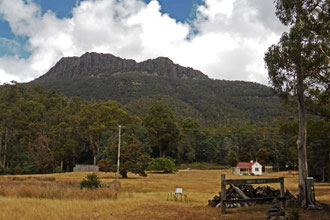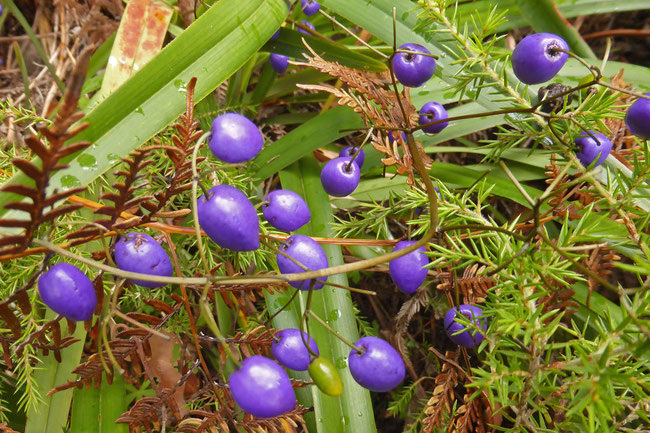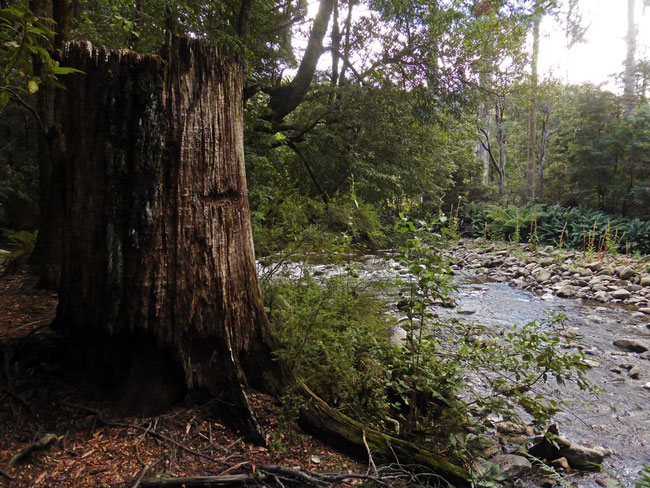
Local markets are one of our favourite ways of interacting with local people as we travel around house-sitting. Yesterday we visited the Liffey Valley Markets in northern Tasmania. To complement our trip to the markets, we had a look to see what else was in the area, and we found that there are some bushland reserves that looked worth a visit.
It turned out to be a great day with lovely experiences and beautiful Tasmanian rural and bush scenery.
Liffey Valley Market
The Liffey Valley Market is very small – there’s probably less than 10 stalls – but what the market is really about is the local people getting together for a social event, and they are very welcoming to visitors – we had a great time chatting with several of them.
The market prides itself on its Devonshire teas, all locally made and delicious!
A less common item for sale at the market was Australian stumpy-tail cattle dog puppies – like all puppies, they were so cute, cheeky, and appealing!
The Liffey Valley Markets are held at the Old Liffey School, here on Google Maps, on the second Saturday each month, from 9am to 1pm.
Bush Heritage Australia reserves
After enjoying ourselves at the markets we went on to the nearby bush reserves to do some exploring. The reserves are managed by Bush Heritage Australia, a private environmental organisation.
Oura Oura reserve
Oura Oura reserve just up the road from the Liffey markets. Oura Oura is where Australia’s most famous environmentalist, and founder of the Australian Greens political party, Bob Brown, lived back in the 70s. He donated the 25 hectare property to Bush Heritage Australia in 2011. His former home house sits beneath the parapet of Drys Bluff, and the Liffey River runs around it.
Park here to visit Oura Oura.
Liffey River reserve
A few kilometres up the road and further upstream on the Liffey River from Oura Oura is another Bush Heritage Australia reserve, Liffey River reserve.
We had an enjoyable 3 kilometre walk around the reserve, through the bush along the Liffey River.
Old forestry
Some parts of the reserve have been logged in the past, and were obviously regrowth forest. The stumps of some of the big trees that lived here (along with more biodiversity) are dotted throughout the forest. This one has become an ecosystem in its own right:
Here's another, on the bank of the Liffey river:
That slot in the side of the stump tells you something of its history. The slot was cut by an axeman as a socket for a springboard, a short, steel-tipped plank that he stood on while cutting down the tree with an axe – this tree was cut down before the days of chainsaws!
Park here to visit Bush Heritage Australia’s Liffey River Reserve. (It’s a shared carpark, so look for the Bush Heritage Australia sign.)
Driving back to our house-sit
We drove home from our day in the Liffey Valley through a couple of Vincent van Gogh's wheatfield paintings – at least, that's how it felt in the lovely northern Tasmanian landscape with spectacular clouds overhead.
Tags
If you enjoyed this blog post, you can find related posts under these headings:
Share this The Journey and the Destination post using your favourite social media:
Would you like to add something, or ask a question? Add a comment below (you can leave the 'Website' field blank):












